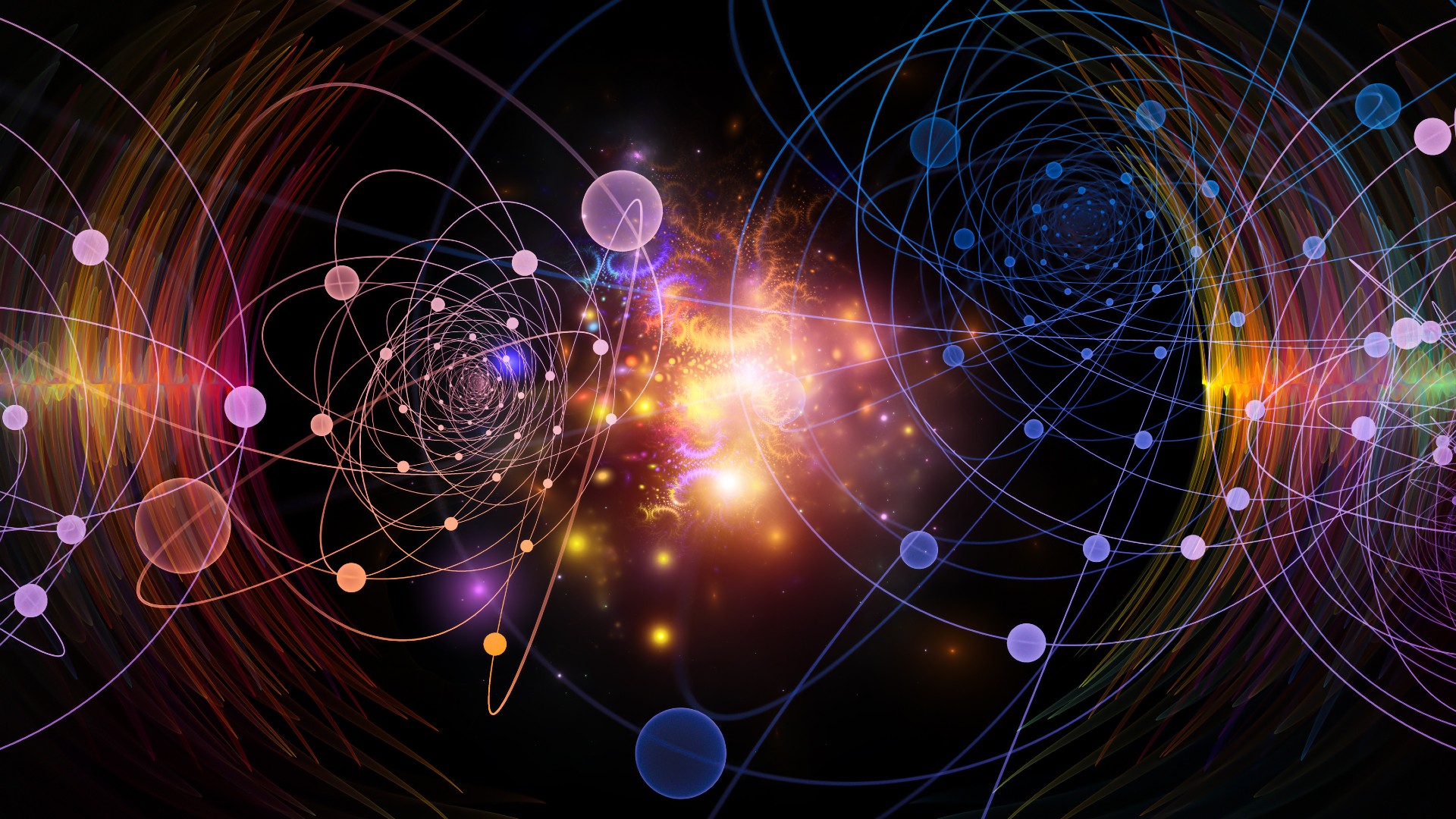As we traverse the enigmatic landscapes of modern physics, one cannot help but marvel at the profound influence quantum mechanics wields over the minutiae of the natural world. The intricate ballet of atoms and molecules, the very building blocks of chemical reactions, is choreographed by the principles of quantum theory. Indeed, while chemistry traditionally celebrates the macroscopic phenomena of bonding and reactions, an exquisite tapestry unravels beneath this surface, woven with quantum threads that dictate the behaviors and interactions of particles. This article seeks to elucidate the indelible connections between quantum physics and chemical reactions, painting a portrait of a world where the infinitesimal dictates the monumental.
At the heart of this relationship lies the quantum realm, a domain where uncertainty reigns supreme and classical intuitions crumble. Quantum mechanics, with its dual wave-particle nature, allows particles such as electrons to exhibit behaviors that defy conventional logic. Imagine the electrons in an atom as waves rippling through a cosmic ocean, intertwining and interfering as they dance between energy levels. This metaphorical ocean is not just ethereal; it has tangible consequences for the behavior of matter. When two atoms approach one another, the quantum states of their electrons play a pivotal role in determining whether they will form a bond or drift apart, much like synchronized swimmers performing a perfectly timed routine or competitors vying for space on a crowded dance floor.
The concept of orbital hybridization emerges as a crucial player in this intricate dance. When atoms converge, their electron clouds can amalgamate, forming hybrid orbitals that dictate bonding geometries. These hybrid orbitals are not merely mathematical constructs; they harness the probabilistic nature of quantum states to forge connections that underpin the stability of molecules. Here, quantum mechanics enables the formation of tetrahedral, trigonal bipyramidal, and octahedral geometries—these forms are akin to the creative arrangements of dancers responding coherently to the rhythm of their music. Such structural nuances directly influence the reactivity of molecules, thereby steering the course of chemical reactions.
Moreover, the quantum phenomenon known as tunneling is a quintessential emblem of the influence of quantum mechanics on chemical kinetics. In classical physics, particles must surmount energy barriers to transition between states. However, quantum tunneling allows particles to “leap” through potential barriers, akin to a sprinter vaulting over hurdles with uncanny agility. This peculiar behavior explains nuclear reactions that occur in stars and helps to elucidate the swift rates of certain chemical reactions at ambient temperatures. By permitting particles to circumvent energy barriers, tunneling dramatically accelerates reaction rates and opens avenues for exotic processes that would otherwise be rendered prosaic.
Furthermore, entanglement, an emblematic feature of quantum mechanics, weaves a narrative of interconnectedness among particles across vast distances. When two or more particles enter a state of entanglement, the state of one particle is instantly correlated with the state of another, regardless of the spatial separations involved. This property delves into the realm of molecular interactions, where entangled electrons may dictate the properties of chemical bonds. The synchronization of quantum states, even when separated by vast distances, injects a sense of unity into the molecular theatre, underlining the idea that every constituent of matter shares a profound interconnectedness.
While understanding the quantum underpinnings of chemical reactions illuminates the nature of bonds and interactions, it does not diminish the significance of empirical observations in chemistry. The rigorous experimentation characteristic of chemical research dovetails enchanting with quantum principles, thus catalyzing a renaissance in chemical understanding. The realization that phenomena such as molecular vibrations and bond formation can be predicted with quantum accuracy leads to transformative insights in new material development and reaction pathways. Quantum chemistry employs computational methods predicated on the Schrödinger equation, yielding insights into molecular structure and behavior, akin to how a skilled artist foresees the strokes of their brush on canvas.
As we grapple with the implications of quantum mechanics for chemical reactions, the discourse inevitably gravitates towards its pedagogical utility. Teaching the principles of quantum mechanics in the context of chemical reactions enriches students’ perceptions of matter. The juxtaposition of quantum phenomena with observable chemical behaviors opens gateways to deeper inquiry—encouraging budding scientists to explore the very fabric of existence. Instead of viewing chemistry through the reductionist lens, one can appreciate the emergent qualities that resonate across scales.
Furthermore, the exploration of quantum effects in chemistry fosters interdisciplinary dialogue, bridging cognitive realms that were once perceived as disparate. The implications of quantum entanglement and tunneling may enhance our grasp of biochemical processes, catalyzing innovations in drug design and the development of sustainable energy solutions. Such cross-pollination illustrates the adaptability of quantum principles in addressing contemporary challenges, embedding the enigmatic beauty of the quantum world within the realm of practical applications.
In conclusion, the inquiry into whether quantum physics is responsible for chemical reactions reveals a tapestry of interrelated phenomena through which the quantum world profoundly shapes the behavior of molecules and the reactions they undergo. From the intricate dance of electrons to the peculiarities of tunneling and entanglement, quantum mechanics frames the narrative of chemistry, revealing that in the heart of chemical transformations lies a world that is as puzzling as it is beautiful. The convergence of quantum physics and chemistry not only enhances our understanding of the universe but also highlights the delicate interconnectedness of all matter, inspiring both wonder and inquiry in equal measure.












